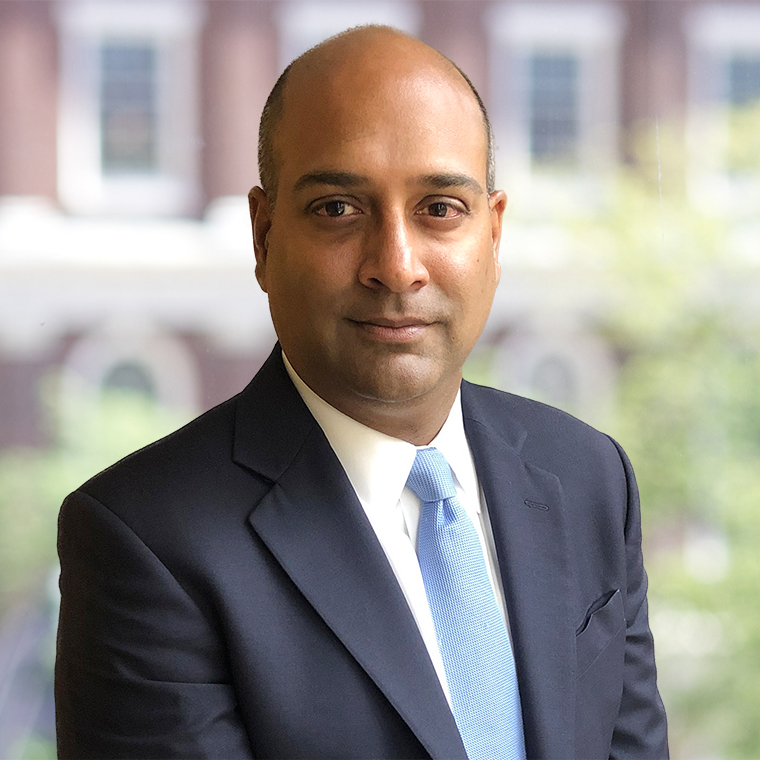On May 2, 2019, a jury sitting in the District of Massachusetts convicted five senior executives of Insys Therapeutics, Inc. (Insys) with racketeering conspiracy in violation of Title 18, United States Code, Section 1962(d). Among other things, the evidence at trial demonstrated that the Insys executives operated an elaborate scheme to bribe physicians to write prescriptions for the drug Subsys, a fentanyl spray, in greater numbers and at higher dosages. The bribes took the form of sham speaker programs that purportedly paid physicians for peer-to-peer education programs but in fact were simply payments to physicians to write more prescriptions of Subsys. In convicting the defendants, the jury found that they conspired to violate predicate statutes, including the Controlled Substances Act (CSA), honest services fraud, mail fraud and wire fraud. CSA charges are typically brought against drug dealers; the Insys convictions were the first CSA convictions of pharmaceutical executives.
On November 26, 2019, Judge Allison Burroughs granted the defendants’ motion for judgment of acquittal with respect to the CSA predicates. The CSA makes it unlawful for any person to intentionally distribute a controlled substance except as authorized by statute. A healthcare practitioner licensed to prescribe controlled substances such as the fentanyl used in Subsys violates the CSA only if the practitioner prescribes a controlled substance “for other than a legitimate medical purpose in the usual course of professional practice.” Order at 14 (quoting United States v. Zolot, 968 F. Supp. 2d 411, 428 (D. Mass. 2013)). Courts have defined this standard as more than just an incompetent physician, but rather where the practitioner is intentionally distributing drugs without a legitimate medical purpose, thereby “acting not as physicians, but as profiteering pill-pushers.” United States v. Chube II, 538 F.3d 693, 696 (7th Cir. 2008); United States v. MacKay, 715 F.3d 807, 839 (10th Cir. 2013) (“The Government had to prove Defendant stepped outside his role as a doctor and became a criminal drug pusher.”); United States v. Feingold, 454 F.3d 1001, 1011 (9th Cir. 2006) (“A practitioner becomes a criminal not when he is a bad or negligent physician, but when he ceases to be a physician at all.” (emphasis in original)).
In the Insys case, the government had argued that the defendants bribed doctors to increase the number and dosage of Subsys prescriptions such that the defendants had a “tacit understanding” that the physicians were not acting as medical professionals with a legitimate medical purpose. At trial, the government presented evidence that some doctors who were receiving the defendants’ bribes were in fact distributing Subsys without a legitimate medical purpose. While the argument convinced the jury, it did not convince Judge Burroughs. In her order, she wrote:
[A]lthough the evidence clearly shows that Defendants intended to try to sell as much Subsys as possible and wanted healthcare practitioners to prescribe it and to prescribe it at the higher and more expensive doses, there is not evidence sufficient to prove that Defendants specifically intended, much less intended beyond a reasonable doubt, that healthcare practitioners would prescribe Subsys to patients that did not need it or to otherwise abdicate entirely their role as healthcare providers.
Order, at 18–19.
Judge Burroughs’s opinion has implications well beyond the Insys case. Specifically, the Department of Justice (DOJ) has instituted a number of high-profile criminal prosecutions and investigations of pharmaceutical manufacturers and distributors based on a similar CSA theory—that is, through their sales and distribution techniques, the company knew or had an understanding that its customers were illegally distributing controlled substances without a legitimate medical purpose. These prosecutions and investigations have formed the foundation of the DOJ’s response to the nationwide opioid epidemic.
For example, the pending prosecution of pharmaceutical distributor Rochester Drug Co-Operative, Inc., in the Southern District of New York, is based on a similar theory that the company knew or tacitly understood that its pharmacy customers were illegally distributing controlled substances without a legitimate medical purpose. According to the indictment, the company sold drugs to customers who displayed “red flags” that could have indicated controlled substances were being illegally distributed.
Similarly, in the Southern District of Ohio, the government indicted pharmaceutical wholesaler Miami-Luken, Inc., and four executives for conspiring to violate the CSA. The allegations against the defendants are that the company sold millions of opioid pills to doctors and pharmacies in rural Appalachia. Given the disparity between the number of pills sold and the population of the region, the government alleges that the defendants should have known their drugs were being distributed without a legitimate medical purpose. The government further alleges the company ignored critical warning signs of this illegal activity, and even supplied controlled substances to a pharmacy that had been cut off by competitors.
Lastly, on November 26, 2019, the same day as Judge Burroughs’s opinion, The Wall Street Journal reported that federal prosecutors in the Eastern District of New York have initiated an investigation into six of the largest opioid manufacturers and distributors for potential violations of the CSA. Specifically, the article states that prosecutors are examining whether the pharmaceutical companies intentionally flooded communities with opioid painkillers.
While the government has eagerly embraced the CSA as the new tool in its fight against opioid manufacturers, Judge Burroughs’s Insys analysis may provide a significant impediment to conviction. It is not enough that these companies and its executives intended to sell as many opioids as possible, or ignored the highly addictive nature of the drugs, “red flags” or other warning signs of its customers—or even paid bribes to physicians to generate more opioid sales. Instead, the government will have to demonstrate that the defendants specifically intended that healthcare practitioners would prescribe the controlled substances to patients who did not need them. This will be a tough standard for the government to meet.

